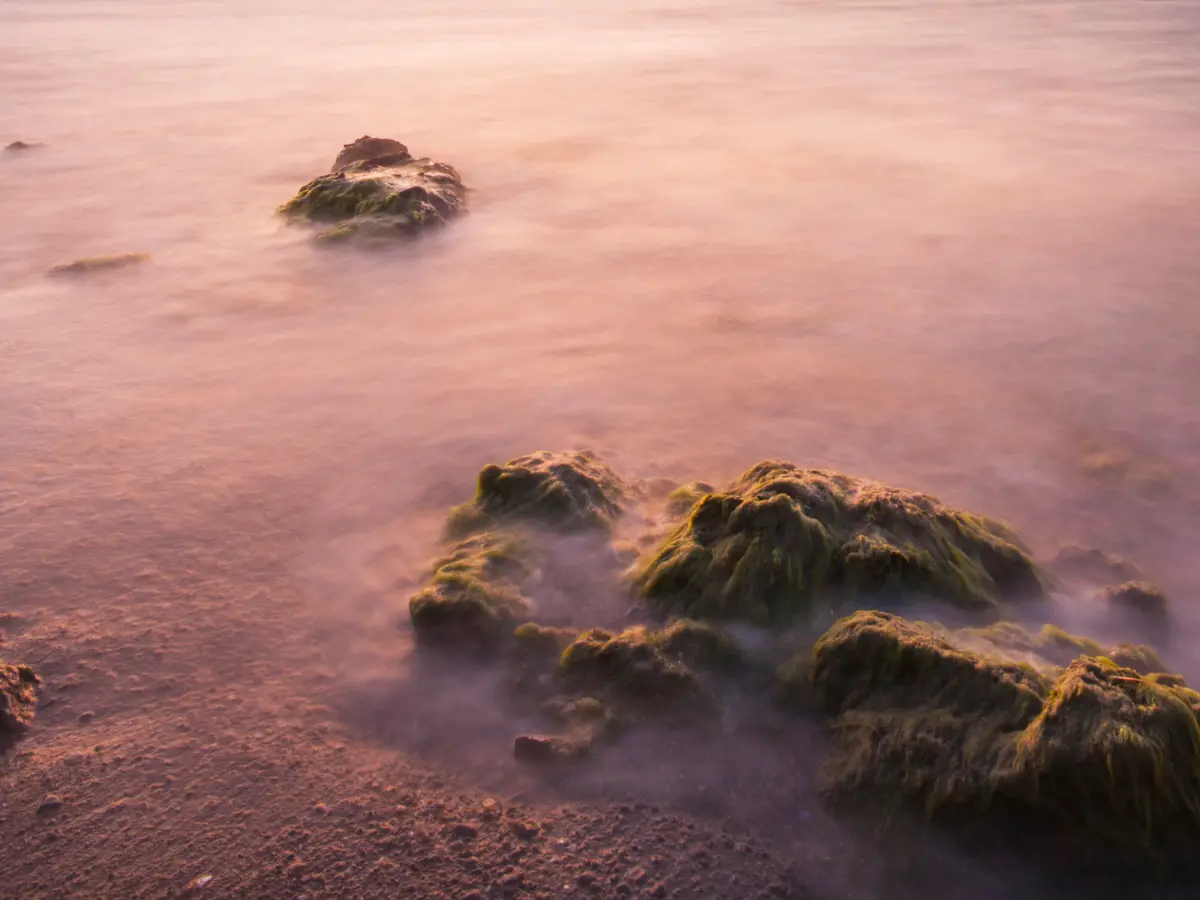A freshwater lake in Israel has turned red, causing panic among people in the nearby areas. The Sea of Galilee has taken on a strange hue over the past few days. The lake is a popular tourist attraction in Israel, especially among Christian pilgrims who visit the country to see the places Jesus set foot it. Several people also love taking a dip in the lake. However, the red colour has caused a scare in the region. The Water Ministry inspected the lake and cleared it as being safe. It also revealed the reason for the lake turning red. A green algae called Botryococcus braunii is thriving in the lake, giving it a new colour. The green algae have turned the water red. As strange as it sounds, officials say there is a simple explanation for it. According to the ministry, the algae produce a natural pigment when exposed to sunlight, which gets accumulated in certain portions of the lake. It is red in colour, lending the lake a mysterious hue. Officials also tested the waters to check for safety and assured people that the water in the Sea of Galilee is perfectly fine.
The Water Authority will continue to monitor the water quality and whether it is affecting the ecosystem in the lake. The sudden tinge in Israel’s national lake caused panic. This alga Botryococcus braunii, belongs to the Chlorophyta group and produces carotenoid pigments. The algae have also been studied many times and is known to produce large amounts of hydrocarbons, making them a promising candidate for biofuel production. Israel has also witnessed such coloured water in the past. In 2022, the water in some villages and freshwater sinkholes in the Dead Sea area turned red. At the time also the algae were also found to be blooming in these areas.
Climate change and algae blooms in seas
Algae blooms are becoming common across the globe because of global warming. As the temperature of oceans rises, it creates the perfect conditions for the algae to bloom. The heat from the Sun, along with nutrient concentrations, like phosphorus and nitrogen, triggers the algae to grow and spread in the waters. This is what has happened in the Sea of Galilee also. While the algae do not affect human health, they are a problem for the large ecology of the seas. The sheet of algae prevents sunlight from penetrating deep into the waters, affecting those lifeforms several feet below the surface that depend on it for survival. Later, when the algae die and decompose, they depelete the dissolved oxygen in the water, a phenomenon known as hypoxia.
